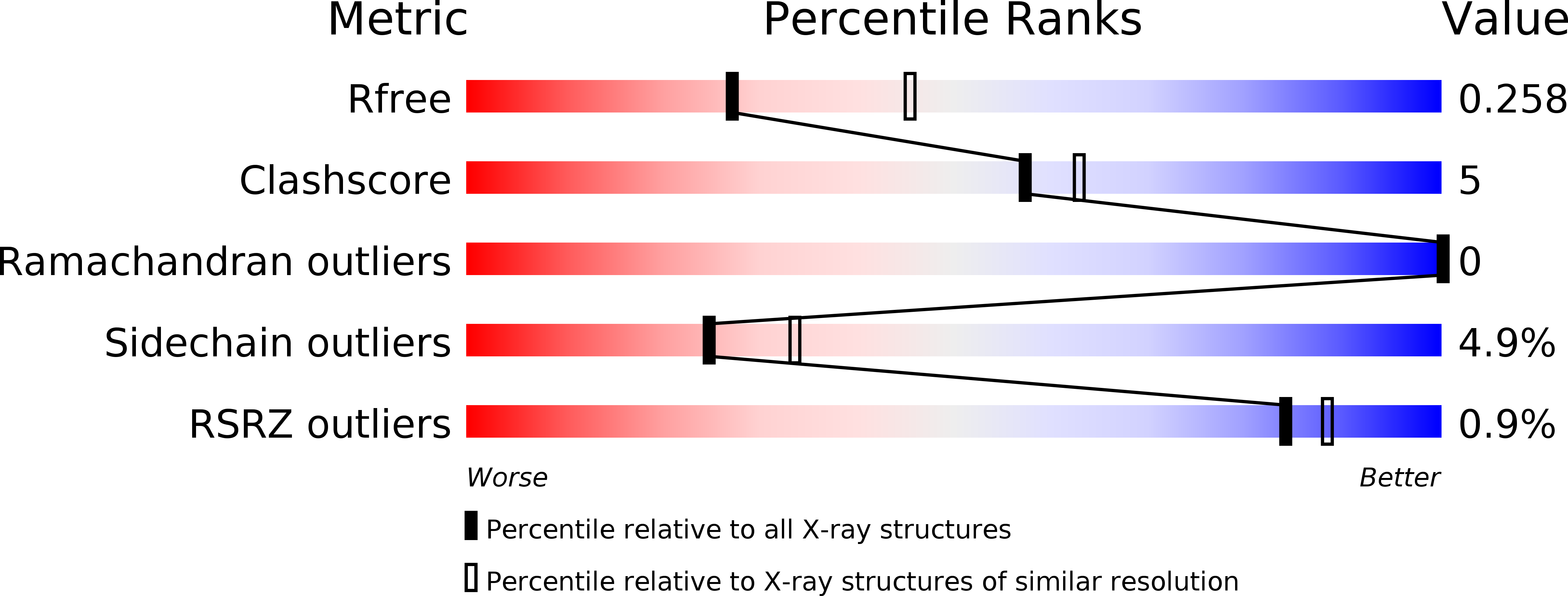
Deposition Date
2012-10-28
Release Date
2013-10-16
Last Version Date
2024-10-16
Entry Detail
PDB ID:
4HRL
Keywords:
Title:
Structural Basis for Eliciting a Cytotoxic Effect in HER2-Overexpressing Cancer Cells via Binding to the Extracellular Domain of HER2
Biological Source:
Source Organism:
Homo sapiens (Taxon ID: 9606)
synthetic (Taxon ID: 32630)
synthetic (Taxon ID: 32630)
Host Organism:
Method Details:
Experimental Method:
Resolution:
2.55 Å
R-Value Free:
0.25
R-Value Work:
0.20
R-Value Observed:
0.20
Space Group:
P 21 21 21


